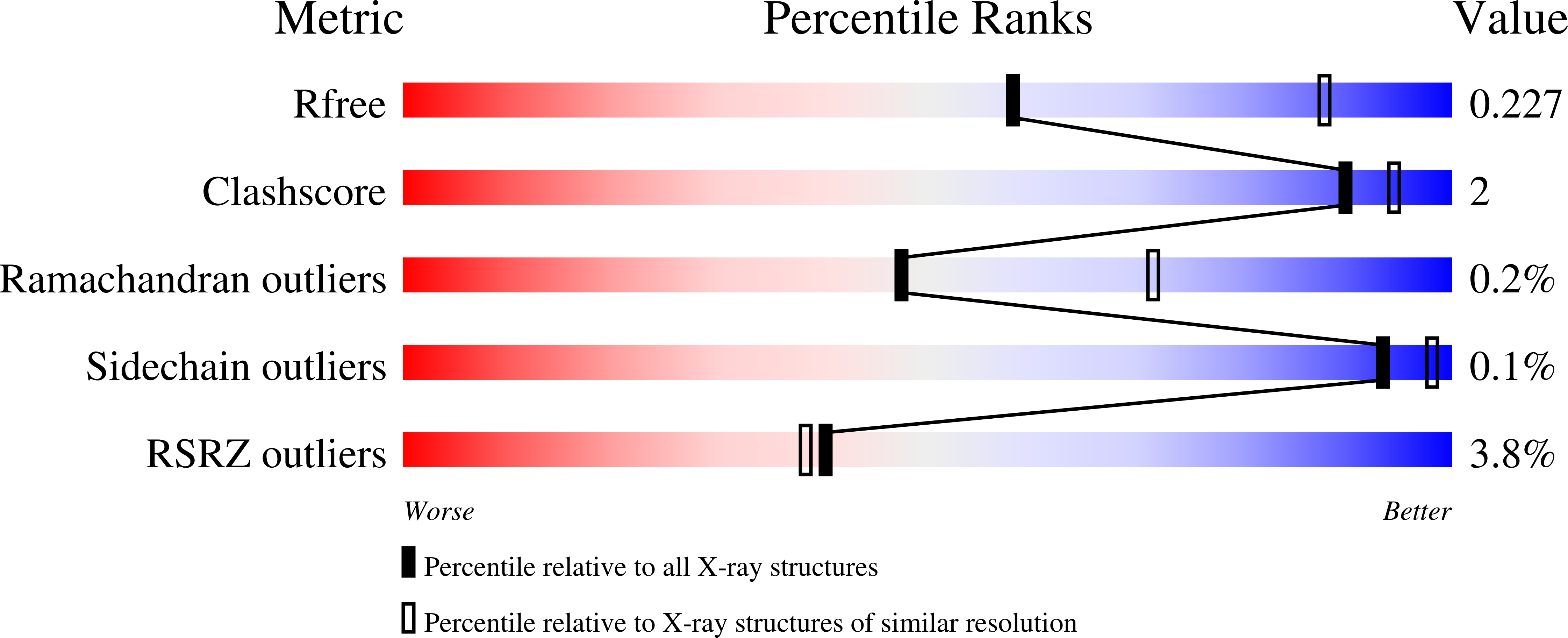
Deposition Date
2021-07-26
Release Date
2022-01-26
Last Version Date
2024-10-30
Entry Detail
PDB ID:
7RLY
Keywords:
Title:
Antibody 2F2 in complex with P. vivax CSP peptide DRAAGQPAGDRADGQPA
Biological Source:
Source Organism:
Mus musculus (Taxon ID: 10090)
Plasmodium vivax (Taxon ID: 5855)
Plasmodium vivax (Taxon ID: 5855)
Host Organism:
Method Details:
Experimental Method:
Resolution:
2.67 Å
R-Value Free:
0.22
R-Value Work:
0.18
R-Value Observed:
0.18
Space Group:
P 1


